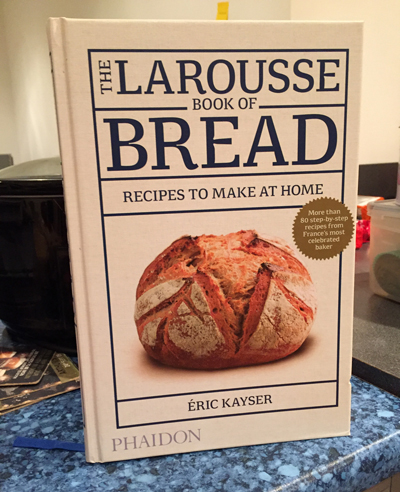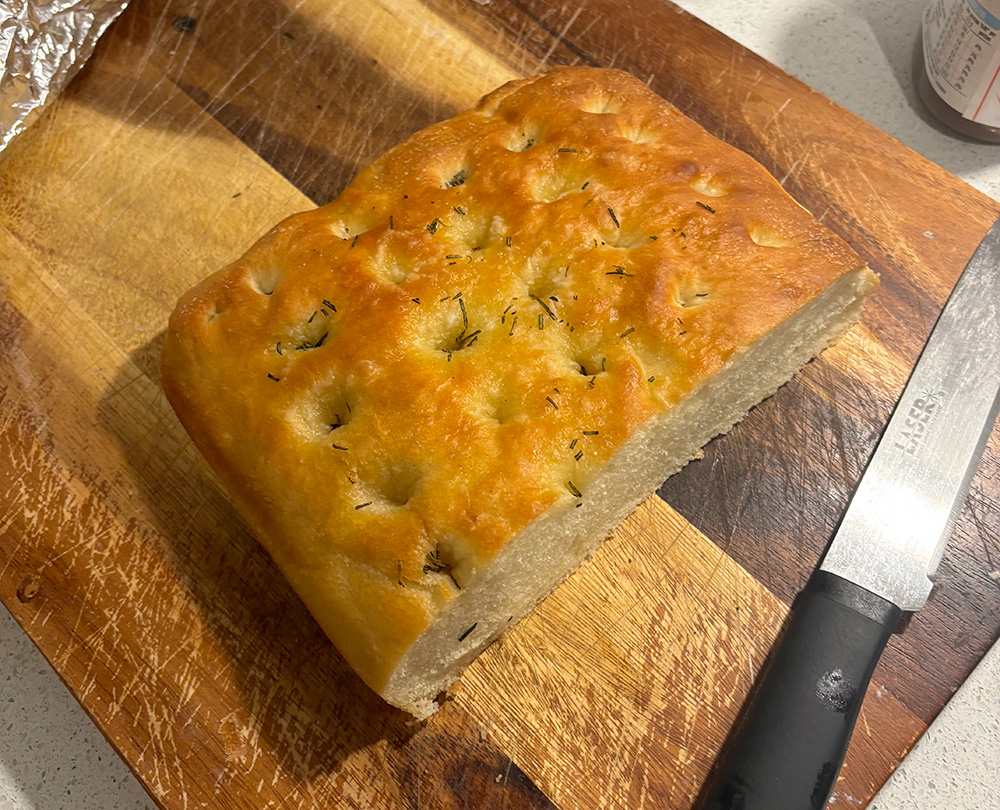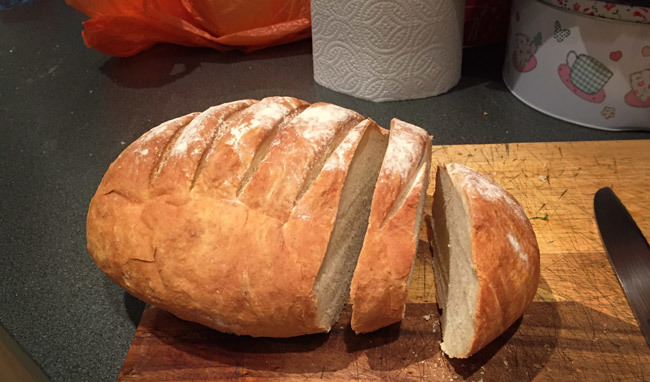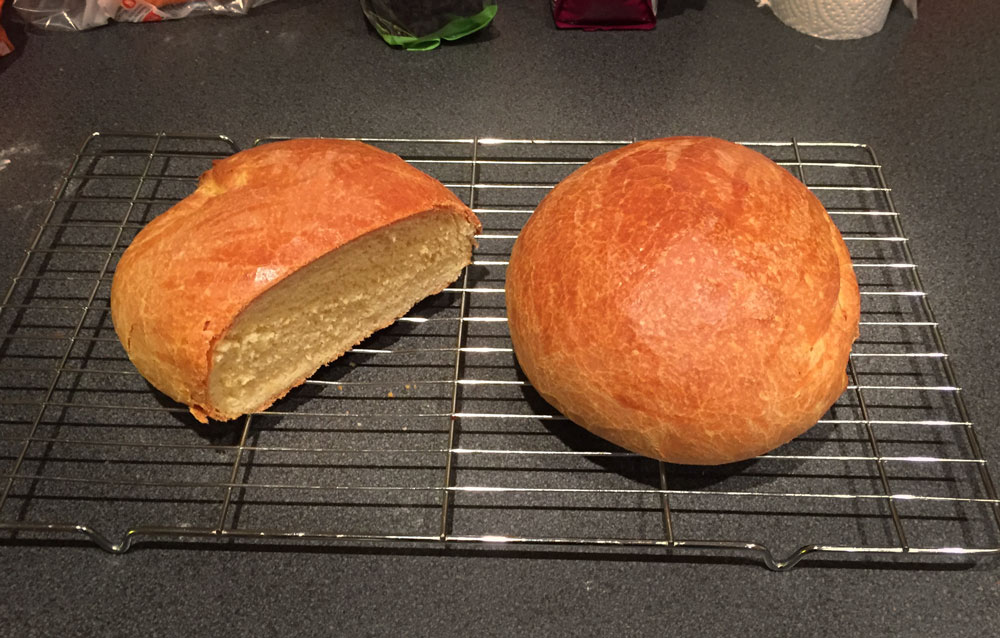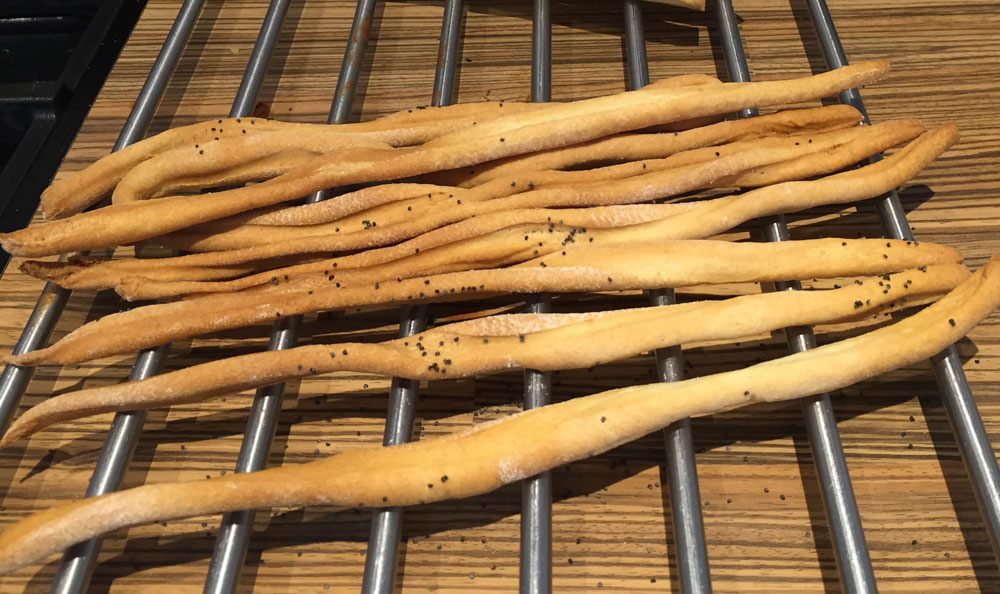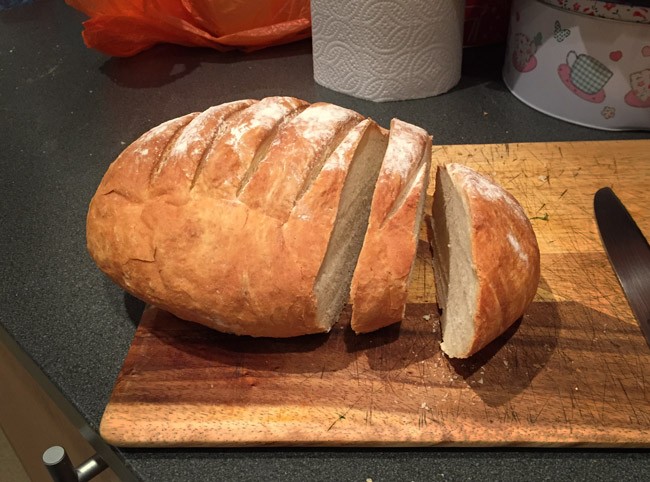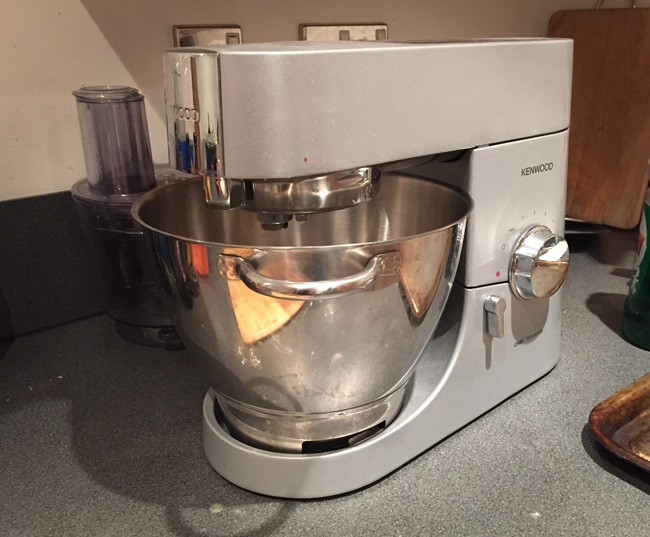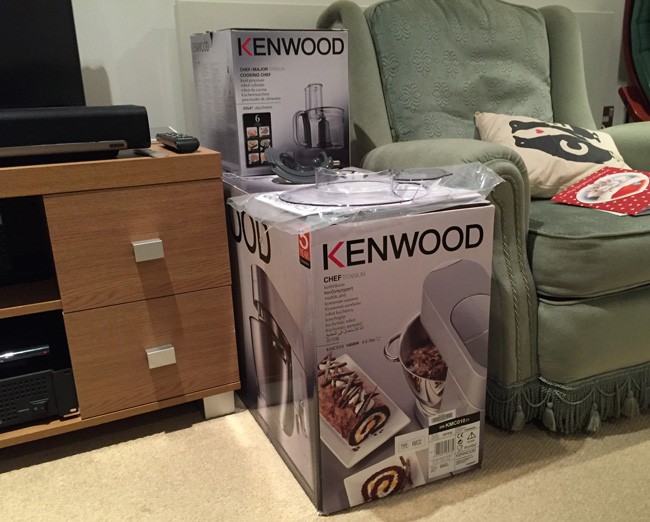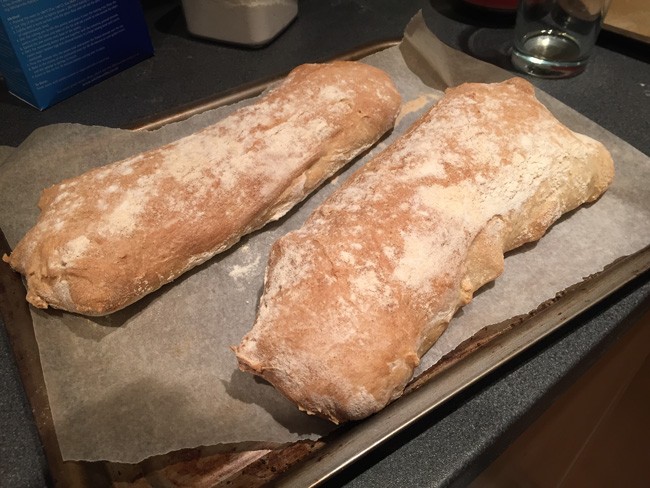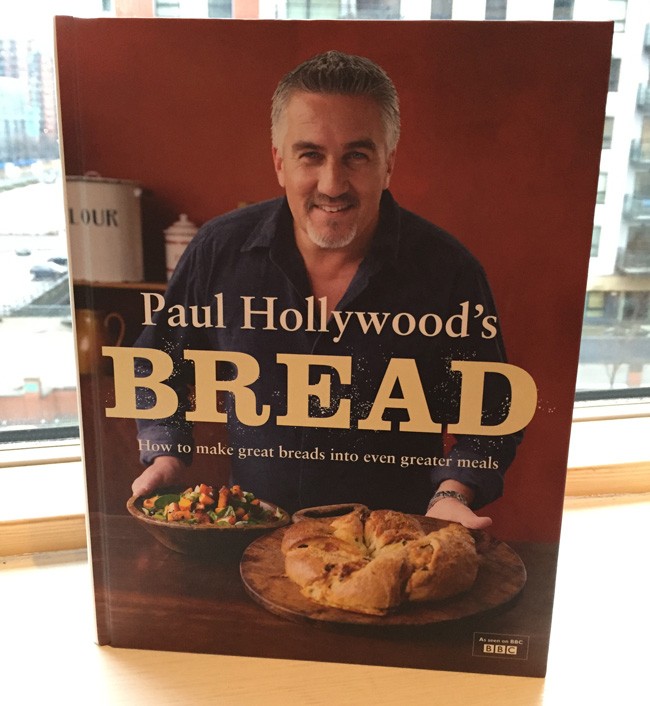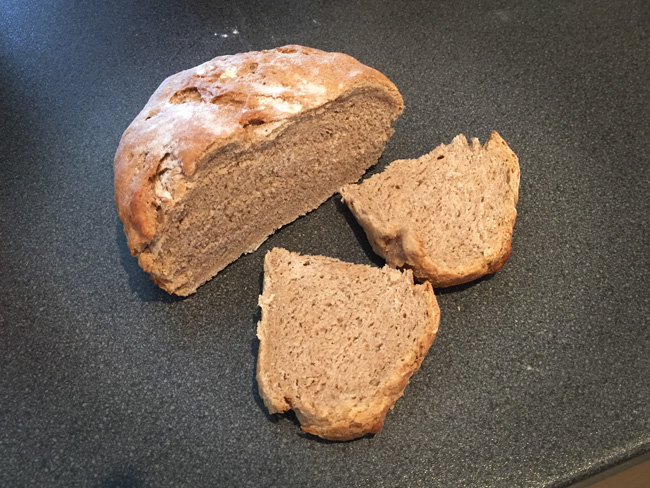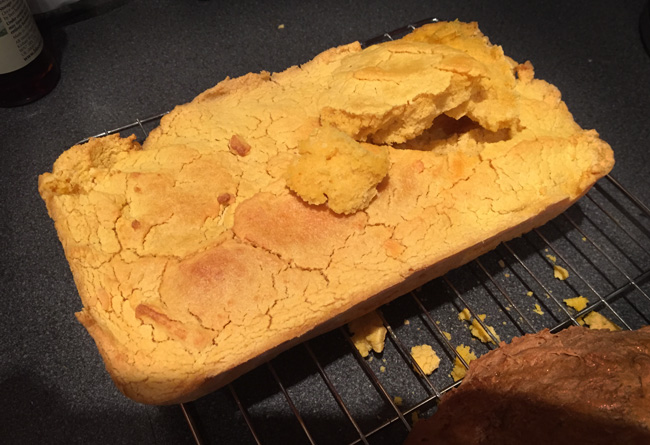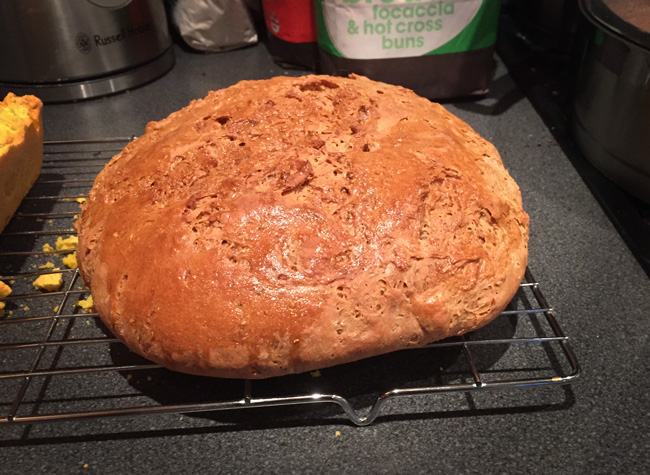The agony of choice. When we visited Waterstone’s to find a new book on bread (as one does), I spent ages trying to decide. I eventually settled on The Larousse Book of Bread by Éric Kayser.
This, I now know, was a mistake. All the recipes use a liquid sourdough starter. I did not have much luck last time I tried making a starter. However, this attempt was even more of a disaster. I found the instructions confusing and the results worthless. It wasn’t liquid enough.
Luckily, when I bought the book, I noticed that you could also use dry starter. However, despite the book’s promise that I could easily find this for sale, I actually couldn’t.
Not only do all the recipes use liquid starer, but they also use fresh baker’s yeast. Another product which is not easy to get hold off. Most supermarkets only sell fast-action yeast. Some might sell another dried yeast. None sell fresh.
My next option would be to replace all of this with fast-action dried yeast and try to adjust the recipe accordingly. This is a whole new challenge. Getting the end result to turn out like it is supposed to when you are doing it when you have to adjust the flour and liquid levels to compensate for the lack of starter is difficult. Not to mention that you are now making a different kind of bread: it isn’t a sourdough any more.
Once you have got past this stage you get on to the recipes. Using the term “recipes” is being quite generous because for most of the book there is only really one recipe. Each one is basically the same bread, moulded into a different and given a slightly different slashing pattern across the top. Otherwise, as far as I can tell, it is basically the same bread.
In Paul Hollywood’s Bread the book explores many different types of bread that are very different from each other. It feels like there is none of that here. You are exploring many different shapes of the same bread.
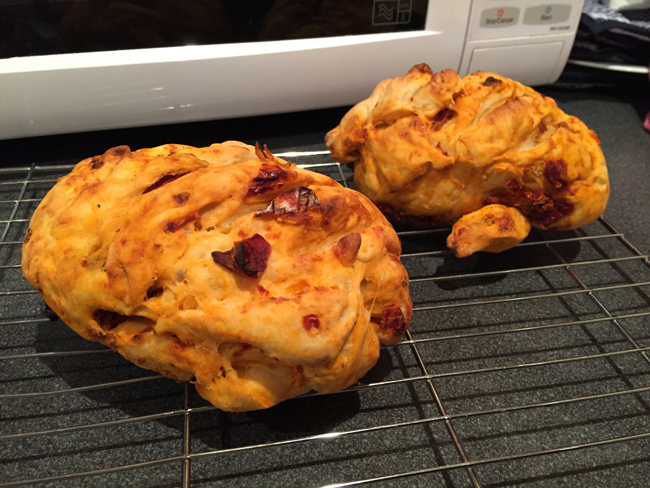
The closest the book gets is near the back when it talks about breads “with extras”. These were hit and miss for me. The seeded load (yes, that’s right, bread with seeds in it!) was good. However the dried tomato bread was ugly and unpleasant to taste.
There are some nice features about the book. The photos are great. They break the process down into easy-to-follow step-by-step instructions. You also get a photo of the finished product. It comes in hardback with a ribbon. Quality wise it is a very well put together book.
In summary though, I would not recommend this book.
